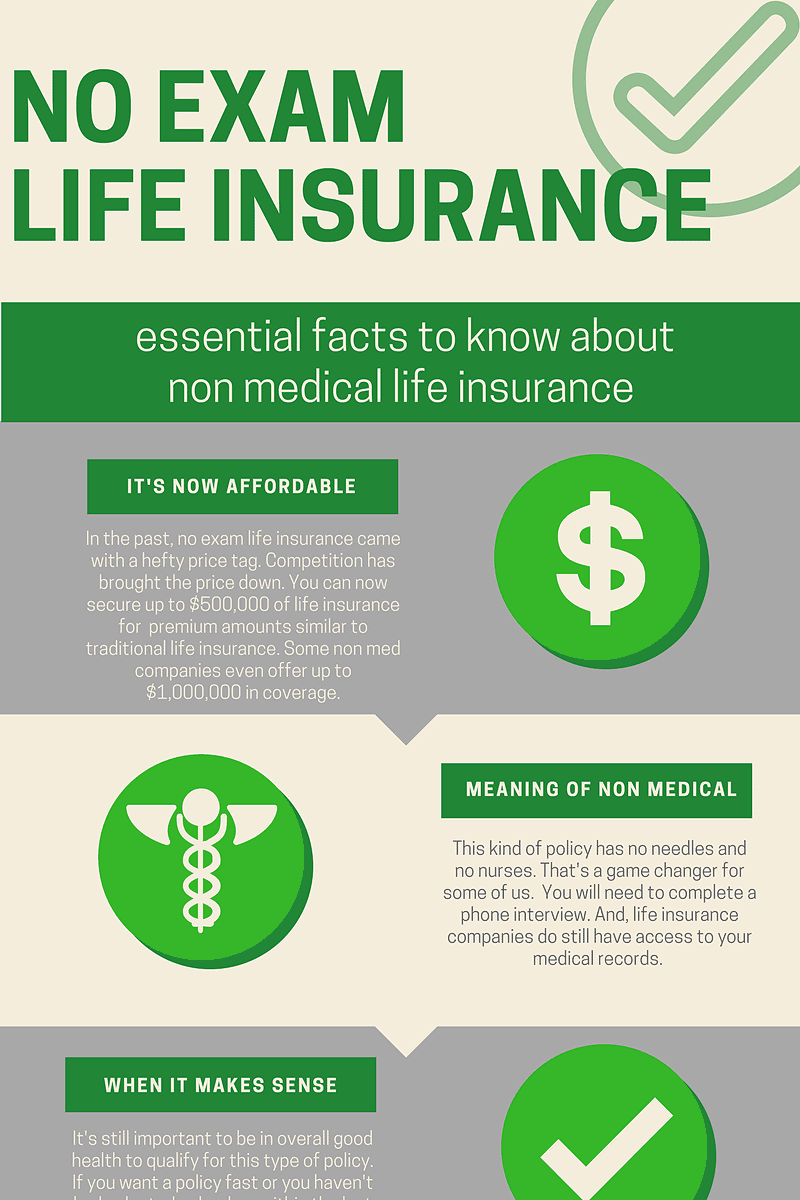Introduction
In the heart-stopping aftermath of a car accident, airbags are supposed to be our saving grace – deploying like protective shields to cushion the impact and shield us from harm. But what happens when these crucial safety devices fail to do their duty? When airbags don’t deploy, the consequences can be devastating, leaving us exposed and vulnerable to more severe injuries.
Airbag malfunctions are a serious concern, not just for those directly involved in accidents but for everyone who gets behind the wheel. Understanding the causes and potential consequences of airbag failures is essential for our safety on the road. This article will delve into the complexities of airbag deployment, exploring why these devices sometimes fail to activate and the devastating impact it can have.
Airbag Deployment: A Complex Symphony of Sensors and Systems
Airbags rely on a sophisticated network of sensors and electronic control units (ECUs) to detect a collision and trigger their deployment. When an impact occurs, these sensors send signals to the ECU, which then calculates the severity of the crash and determines whether to activate the airbags. The ECU also controls the timing and inflation rate of the airbags, ensuring they deploy at the optimal moment to provide maximum protection.
This intricate system requires precise calibration and coordination to function flawlessly. If any component fails, the entire airbag deployment process can be compromised. Faulty sensors may fail to detect an impact, while malfunctioning ECUs may misinterpret the severity of a collision or trigger the airbags at the wrong time.
Consequences of Airbag Non-Deployment: A Devastating Toll
The failure of an airbag to deploy can have dire consequences. Without this vital protection, occupants are exposed to the full force of the impact, increasing their risk of severe injuries or even death. Head injuries, spinal cord damage, and broken bones are all potential outcomes of an airbag non-deployment.
In side-impact collisions, airbags play a particularly crucial role in preventing serious head and neck injuries. When these airbags fail to deploy, occupants can be thrown violently against the side of the vehicle, resulting in life-threatening trauma.
Causes of Airbag Malfunctions: A Multitude of Factors
Airbag malfunctions can stem from various factors, including manufacturing defects, improper installation, and electrical problems. In some cases, airbags may not deploy due to software glitches or design flaws that prevent the sensors from accurately detecting an impact.
Airbag deactivation is another potential cause of non-deployment. Some vehicles allow drivers to manually deactivate the passenger-side airbag to accommodate child safety seats. If the airbag is not properly reactivated after the child seat is removed, it may not deploy in the event of an accident.
Seeking Justice: Holding Manufacturers Accountable
When airbags fail to deploy, victims often face a long and arduous road to recovery. They may be left with severe injuries that require extensive medical treatment, rehabilitation, and lost wages. In such cases, it’s crucial to seek legal advice to explore the possibility of filing a lawsuit against the manufacturer responsible for the defective airbag.
Hold these companies accountable for their negligence and demand compensation for the harm caused. By pursuing legal action, victims can not only seek justice for themselves but also help prevent future airbag failures and protect the safety of all drivers and passengers on the road.
Car Accident Airbag Didn’t Deploy? Here’s What You Need to Know
Driving a car comes with its inherent risks, with the possibility of accidents always lingering. In the unfortunate event of a car accident, airbags serve as a life-saving device, deploying rapidly to protect occupants from serious injury. However, there are instances when the airbag fails to deploy, leaving victims vulnerable and perplexed. Understanding the causes behind airbag non-deployment is crucial for both prevention and legal purposes.
Causes of Airbag Non-Deployment
Several factors can contribute to an airbag’s failure to deploy during a car accident. Among the primary causes are:
Sensor Malfunction
Airbags rely on sensors to detect the force and impact of a collision. When sensors fail to accurately detect the severity of the accident, the airbag may not deploy. Faulty sensors can arise from manufacturing defects or damage caused by previous accidents or improper repairs.
Deployment System Failure
Besides sensor malfunction, the airbag deployment system itself can experience problems. This intricate system comprises various components, including the control module, inflator, and wiring harness. Any failure within this system, whether due to faulty wiring, corrosion, or software glitches, can result in airbag non-deployment.
Occupant Positioning
The positioning of the occupants within the vehicle also plays a role in airbag deployment. For airbags to deploy effectively, occupants must be properly positioned and restrained. Improper seat belt usage, leaning forward, or being out of position can interfere with airbag deployment and increase the risk of injury.
Airbag Deactivation
In certain circumstances, airbags may be intentionally deactivated. Some vehicles have switches that allow drivers to disable the passenger airbag for the purpose of placing a child seat. If an airbag is deactivated, it will not deploy regardless of the severity of the collision.
Collision Severity
Finally, the severity of the collision can influence airbag deployment. Airbags are designed to deploy in moderate to severe frontal or side-impact collisions. In minor accidents or those involving rear-end impacts, the forces may not be sufficient to trigger airbag deployment.
Car Accident Airbag Didn’t Deploy? Here’s What You Need to Know
Airbags are a critical safety feature in modern vehicles, designed to protect occupants from serious injuries in the event of an accident. However, there are times when an airbag may fail to deploy, leaving those inside the vehicle vulnerable to harm. If you’ve been involved in an accident and your airbag didn’t deploy, it’s essential to understand the consequences and what you should do next.
Consequences of Airbag Non-Deployment
Increased Risk of Injury
Airbags are designed to cushion occupants during a collision, preventing them from striking hard surfaces inside the vehicle. When an airbag fails to deploy, the occupants are at a much higher risk of sustaining severe injuries, including broken bones, lacerations, and internal damage. Studies have shown that non-deployment of airbags can increase the risk of fatal injuries by up to 40%.
Legal Implications
In most jurisdictions, vehicle manufacturers are legally obligated to ensure that airbags function properly. If an airbag fails to deploy and causes injuries, the manufacturer may be held liable for negligence. Victims of airbag non-deployment accidents may be entitled to compensation for their medical expenses, lost wages, and pain and suffering.
Insurance Considerations
If you’ve been involved in an accident and your airbag didn’t deploy, it’s important to notify your insurance company immediately. The insurance company will investigate the circumstances of the accident and determine whether the airbag non-deployment affected the severity of your injuries. Depending on the outcome of the investigation, you may be entitled to additional compensation or benefits under your insurance policy.
Seeking Legal Advice
If you’re considering pursuing legal action after an airbag non-deployment accident, it’s crucial to seek legal advice as soon as possible. An experienced attorney can assess your case, determine your legal options, and guide you through the legal process. An attorney can also help you negotiate with the insurance company and ensure that you receive fair compensation for your injuries.
Conclusion
Airbag non-deployment can have serious consequences for occupants involved in a car accident. It’s essential to understand the risks associated with airbag non-deployment and to take steps to protect yourself and your loved ones. If you’ve been injured in an accident and your airbag didn’t deploy, don’t hesitate to seek legal advice to ensure that your rights are protected.
Car Accident Airbag Didn’t Deploy? Here’s What to Do
Airbags are a crucial safety feature in modern vehicles, designed to inflate rapidly in the event of a collision to protect occupants from serious injuries. However, there are instances when airbags fail to deploy, leaving victims at risk. If you’ve been involved in a car accident and your airbag didn’t deploy, it’s essential to understand your rights and options. This comprehensive guide will delve into the causes of airbag non-deployment, what to do if it happens, and the legal implications you may face.
Understanding Airbag Deployment Systems
Airbag deployment is triggered by sensors that detect a sudden change in acceleration, such as a collision. These sensors send a signal to the airbag control unit, which then ignites a pyrotechnic charge that rapidly inflates the airbag. The entire process typically takes milliseconds.
However, various factors can affect airbag deployment, including the severity of the impact, the angle of the collision, and the position of the occupants. In some cases, airbags may not deploy even in severe accidents due to sensor malfunctions or other system failures.
Causes of Airbag Non-Deployment
There are several potential reasons why an airbag may not deploy in a car accident. These include:
- Sensor Malfunction: Defective sensors may fail to detect the impact or send an incorrect signal to the airbag control unit.
- Electrical System Failure: Electrical problems can disrupt the power supply to the airbag system, preventing deployment.
- Occupant Position: Airbags are designed to deploy only when occupants are properly seated and restrained. If you’re not wearing a seatbelt or are leaning forward, the airbag may not reach you.
- Vehicle Defects: Manufacturing defects or improper maintenance can lead to airbag system failures.
- Impact Angle: Airbags are designed to deploy in frontal or side impacts. If the impact occurs from an unusual angle, the sensors may not trigger deployment.
- Deactivation: Some vehicles have switches that allow drivers to deactivate the passenger airbag. Ensure that the airbag switch is not turned off.
- Airbag Suppression: Advanced airbag systems may suppress deployment in certain low-speed collisions to prevent unnecessary injuries.
Preventing Airbag Non-Deployment
There are steps you can take to reduce the risk of airbag non-deployment, including:
- Proper Seatbelt Use: Always wear your seatbelt correctly and ensure that all passengers do the same.
- Proper Sitting Position: Sit upright with your back against the seat and your feet on the floor.
- Avoid Obstructions: Keep objects and accessories away from the airbag deployment zones.
- Regular Vehicle Maintenance: Have your vehicle inspected and maintained regularly to ensure that the airbag system is functioning properly.
- Check Airbag Indicator: Most vehicles have an airbag indicator light on the dashboard. If this light is on or flashing, have the system checked immediately.
Car Accident Airbag Didn’t Deploy: What You Need to Know
In the aftermath of a car accident, airbags are designed to deploy and provide essential protection to occupants. However, in some cases, airbags fail to deploy, leaving victims vulnerable to serious injuries. If you’ve been involved in an accident where an airbag didn’t deploy, understanding your rights and the potential legal implications is crucial.
Determining Liability
When an airbag fails to deploy, determining liability can be a complex process. The manufacturer of the airbag or the vehicle itself may be held responsible for the injuries sustained as a result of the non-deployment. Factors such as design defects, manufacturing flaws, and improper installation can all contribute to airbag malfunctions.
Proving Negligence
To establish liability, victims must prove that the manufacturer or vehicle producer acted negligently. This involves demonstrating that they failed to take reasonable care in designing, manufacturing, or installing the airbag system. Negligence can arise from various actions, such as failing to meet industry standards, ignoring safety regulations, or using defective materials.
Legal Course of Action
In cases where an airbag fails to deploy, victims have the right to seek legal recourse. They can file a personal injury lawsuit against the responsible parties to recover compensation for their injuries, medical expenses, and other damages. It’s important to consult with an experienced personal injury attorney to discuss your legal options and protect your rights.
Legal Implications of Airbag Non-Deployment
The legal implications of airbag non-deployment can be significant. Victims who suffer injuries as a result of a malfunctioning airbag may be entitled to compensation for various damages, including:
- Pain and suffering
- Medical expenses
- Lost wages
- Disfigurement or scarring
- Emotional distress
In some cases, victims may also be able to seek punitive damages to punish the manufacturer or vehicle producer for particularly reckless or negligent behavior. Pursuing legal action can help victims recover financial compensation and hold manufacturers accountable for their negligence.
Car Accident Airbag Didn’t Deploy? Here’s What You Need to Know
It can be terrifying to be involved in a car accident, and it can be even more distressing if your airbag doesn’t deploy. Airbags are designed to inflate quickly in the event of a collision, providing a cushion between you and the hard interior of your car. But what happens when they don’t work?
There are a number of reasons why an airbag may not deploy. Sometimes, it’s due to a manufacturing defect. Other times, it’s because the sensors that trigger the airbags didn’t detect the impact. And in some cases, the airbags may have been disabled intentionally.
Causes of Airbag Non-Deployment
There are a number of factors that can contribute to airbag non-deployment, including:
- **Manufacturing defects:** Airbags are complex devices, and even the slightest defect can prevent them from working properly.
- **Sensor failure:** The sensors that trigger the airbags may not be able to detect an impact if it’s not severe enough.
- **Disabled airbags:** Airbags can be disabled for a number of reasons, such as for maintenance or if they are deemed to be a hazard to a particular occupant.
- **Incorrect installation:** If airbags are not installed correctly, they may not deploy properly.
- **Electrical problems:** Electrical problems can prevent the airbags from getting the power they need to deploy.
- **Crash severity:** Airbags are designed to deploy in certain types of crashes. If the crash is not severe enough, the airbags may not deploy.
Consequences of Airbag Non-Deployment
If an airbag does not deploy in a crash, it can have serious consequences. Without an airbag, you are at a much higher risk of being injured in a car accident. Airbags can help to reduce the risk of head, neck, and chest injuries.
In some cases, airbag non-deployment can even be fatal. A study by the National Highway Traffic Safety Administration (NHTSA) found that unbelted occupants who were involved in crashes with non-deploying airbags were more than twice as likely to be killed than those who were involved in crashes with deploying airbags.
What to Do If Your Airbag Didn’t Deploy
If you are involved in a car accident and your airbag does not deploy, there are a few things you should do:
- **Seek medical attention:** Even if you don’t feel injured, it’s important to see a doctor to rule out any hidden injuries. Airbag non-deployment can cause serious injuries that may not be immediately apparent.
- **Report the incident:** You should report the airbag non-deployment to your insurance company and to the NHTSA.
- **Contact an attorney:** If you have been injured in a car accident due to airbag non-deployment, you may be entitled to compensation. An attorney can help you to file a claim for damages.
Conclusion
Airbag deployment is essential for protecting occupants during a car accident. If an airbag fails to deploy, it can have serious consequences. By understanding the causes and consequences of airbag non-deployment, you can take steps to reduce the risk of injury and protect yourself and your passengers..




Leave a Reply